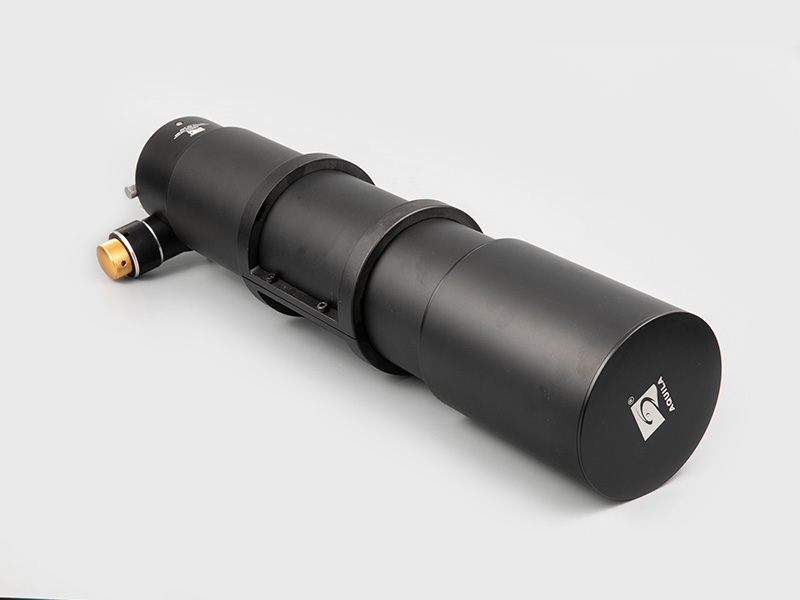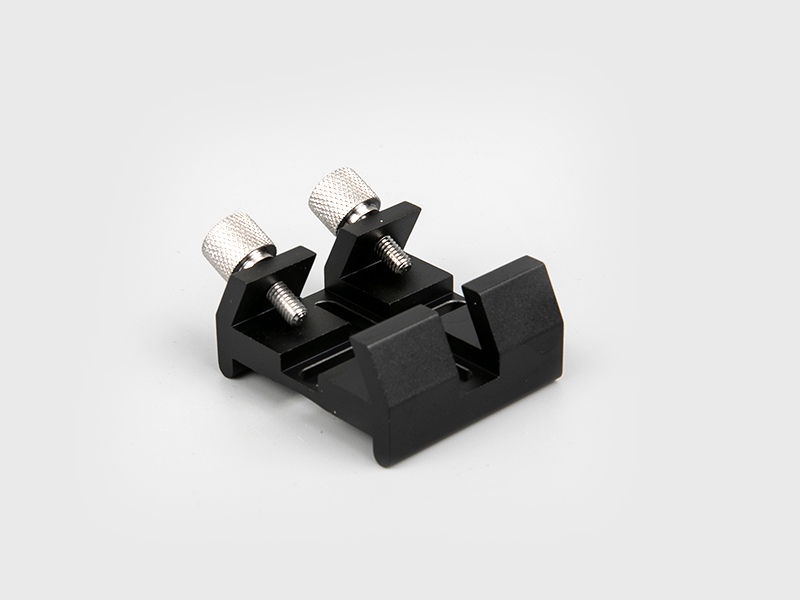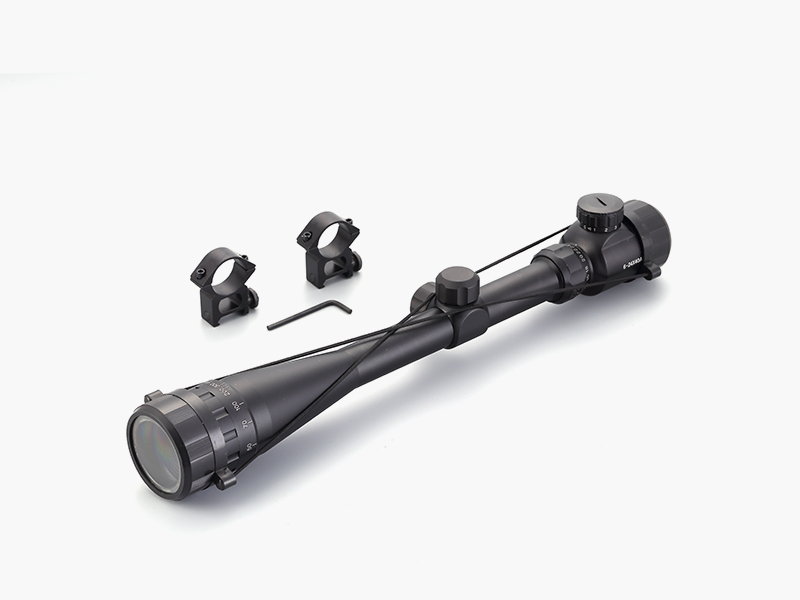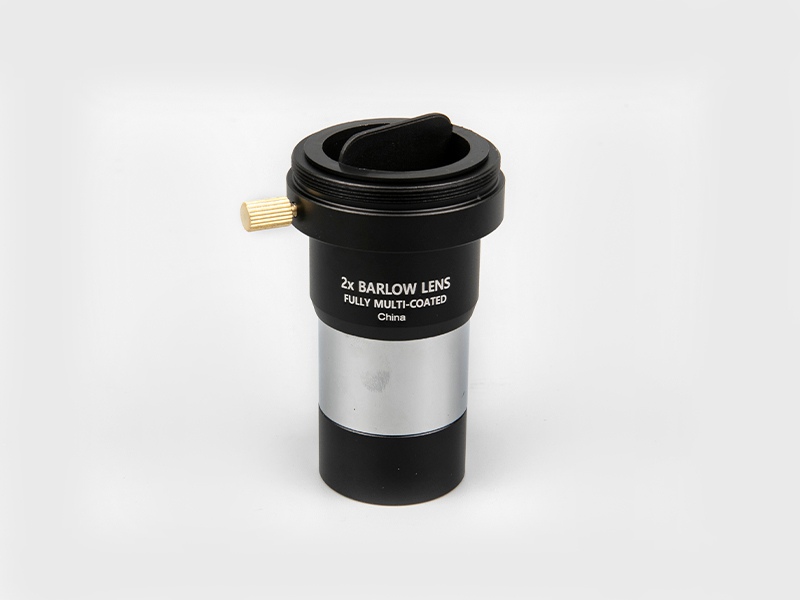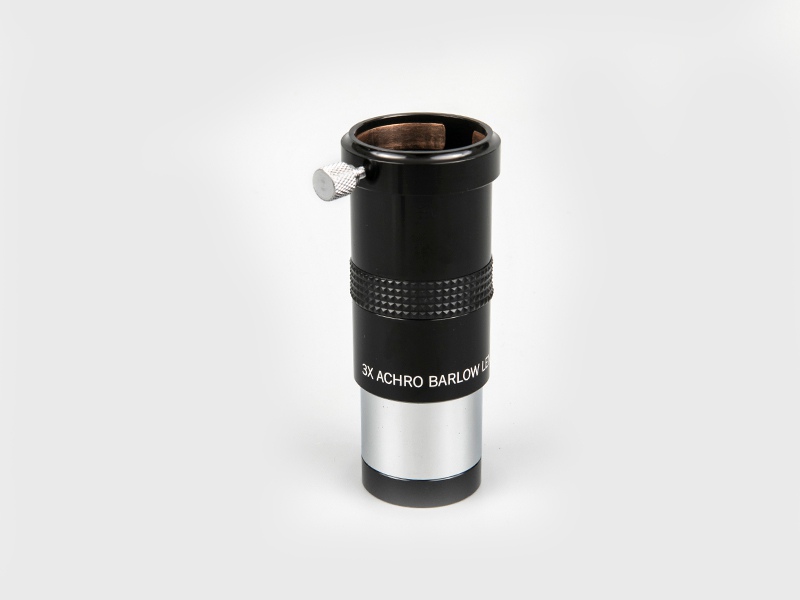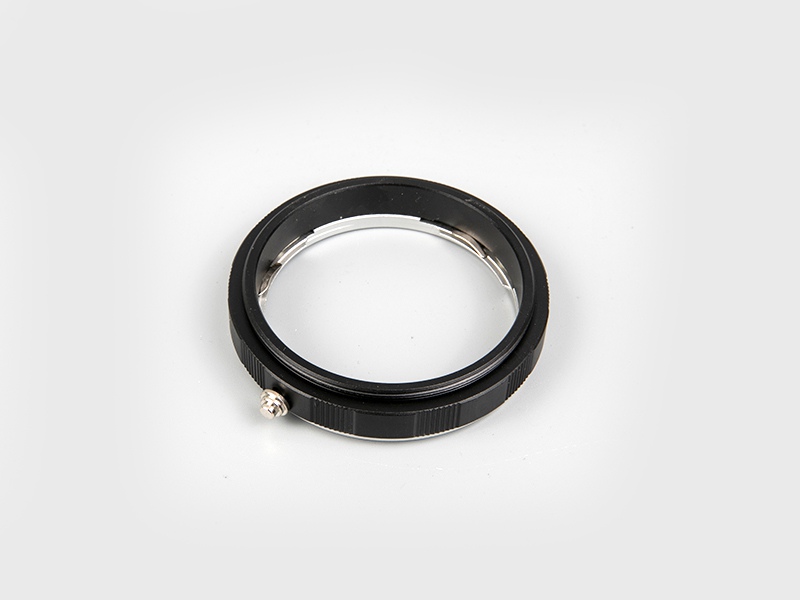In fact, the type of telescope lens is related to the material of the lens and the type of lens coating.
Material:
The quality grades of telescope lenses are divided into Bak-4 [barium crown glass] and Bk-7 [borosilicate glass]. Bk-7 is of standard quality, with low manufacturing cost and low price. Bak-4 lenses are very clear and thorough, and the manufacturing process is complicated and time-consuming. It is the best grade. The price is higher.
Coating:
Anti reflection coating:
When light enters the glass from the air or enters the air from the glass, about 5% is reflected off. The objective lens, prism and eyepiece of each lens of the binocular lens are added together, and there are generally 10 to 16 optical surfaces in contact with air. If these optical surfaces are not treated in any way, the total incident light will lose about 50% due to reflection.
Direct light will destroy the image presented in the telescope. In order to enhance the visual image, the lens and prism need to be coated with a polarizing film. SILVA uses the patented EMERALD FIRE coating system to eliminate 99.6% of harmful UV ultraviolet rays and IR rays.
In general, the single-layer antireflection coating of the visual telescope has the best antireflection effect on the yellow and green light with a wavelength of 5500 angstroms, because the human eye is most sensitive to this wavelength. Therefore, the reflection of blue and red light is more, so we see that the single-layer coated lenses are often blue-violet or red (the so-called red-eye telescopes on the market). Multi-layer coated lenses are light green or dark purple, such as the coating of camera lenses. A single-layer film that is plated too thick will look green. Some unscrupulous manufacturers use it as a multilayer film. Be careful when purchasing.
There will be a lens coating mark on the binoculars, indicating the optical quality of the binoculars. The types of coating are as follows:
Coated Optics (coating): It is the lowest level of antireflection coating. It only means that at least one optical surface is coated with a single layer of antireflection coating, usually on the outer surfaces of the two objective lenses and eyepieces, while the inner lens and prism are not coated.
Fully Coated (full surface coating): All lenses and prisms are coated with a single layer, but if optical plastic lenses are used in the eyepieces, the plastic lenses may not be coated.
Multi-Coated (multi-layer coating): at least one optical surface is coated with a multi-layer antireflection coating, other optical surfaces may be coated with a single layer coating, or may not be coated at all; usually only on the outer surface of the two objective lenses and the eyepiece Coated with multiple layers.
Fully Multi-Coated (multi-layer all-optical surface coating): All lenses and prisms are coated with anti-reflection coating. Some manufacturers have multi-layer coatings on all optical surfaces, while others are only coated on some optical surfaces. Multi-layer film, the other surface is still coated with single-layer film".
Exit pupil: Exit pupil refers to an aperture measuring device that allows light to enter the eye. The larger the exit pupil, the brighter the image will appear, especially in the early morning, dusk or shadow, the most effective.
Field of view: The field of view is represented by 1~1000 meters. The larger the telescope, the smaller the field of view. Large telescopes usually need a support frame to hold them securely.
Eye relief: Eye relief is the farthest distance between the eye and the surface of the eyepiece when we can see the entire field of view in the binoculars. In order to make the image clear, the eye distance must be correct. If you wear glasses, you must choose a soft rubber ring attached to the eyepiece that can be flattened or folded; so that the distance between the eye and the eyepiece will not be offset by wearing the glasses. If you use binoculars with a short viewing distance (such as 8mm) to view the scene, in addition to the eyepieces that are likely to get oil on the eyelashes, because the eyes must be quite close to the eyepieces to see all the field of view, long-term viewing will also cause a sense of pressure People feel very uncomfortable.

 English
English 日本語
日本語 Deutsche
Deutsche España
España
